
Ames, Iowa — A non-traditional agreement between the University of Nebraska-Lincoln (UNL) and Iowa State University (ISU) has students split between schools, and signals the end of a 20-year partnership between UNL and Kansas State University (KSU).

Ames, Iowa — A non-traditional agreement between the University of Nebraska-Lincoln (UNL) and Iowa State University (ISU) has students split between schools, and signals the end of a 20-year partnership between UNL and Kansas State University (KSU).

Carson City, Nev. — The Nevada Veterinary Medical Association (NVMA) is monitoring two bills, including one requiring DVMs to obtain owner authorization prior to administering vaccines or performing diagnostics on animals.

Austin, Texas — Texas House Bill 522, if passed, would require veterinarians to write prescriptions for client's pets on demand — an issue that creates numerous concerns for the Texas Veterinary Medical Association (TVMA) as well as practitioners.
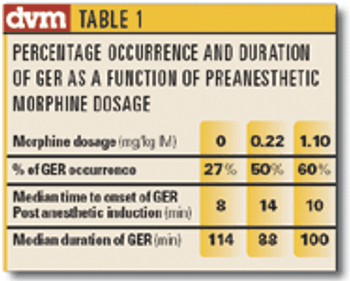
The incidence of GER increased with a rising dose of preanesthetic morphine.

Automated processes, forms might not garner the data you seek

Shower in ... Get me out

The Academy of Rural Veterinarians (ARC) wants a few future practitioners to take the off-ramp to city careers.

Clearfield, Iowa—He sat in the back of the ambulance, sirens blaring — an odd time for reflection.

Synbiotics reintroduces Witness CPV canine parvovirus antigen test kit.
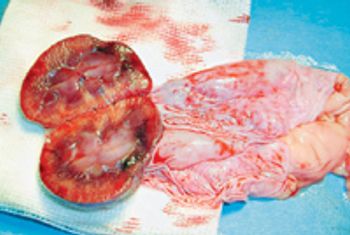
An 11-year-old 14.5 lb (6.6 kg) castrated male domestic shorthaired cat was presented for evaulation of a progressively distended abdomen.

AgriLabs introduces the Salmonella Newport Bacterial Extract vaccine that uses Siderophore Receptors and Porins (SRP) — which was recently approved by the United States Department of Agriculture.
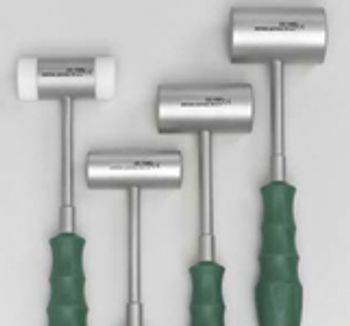
Spectrum introduces its new line of orthopedic mallets.

Products Group International introduces biopsy needles that can be used with one hand, are automatic and disposable.

Jorgensen introduces silicone swine endotracheal tubes.

Westcoast Animal Rehabilitation Equipment introduces hoists and slings to aid in canine rehabilitation.
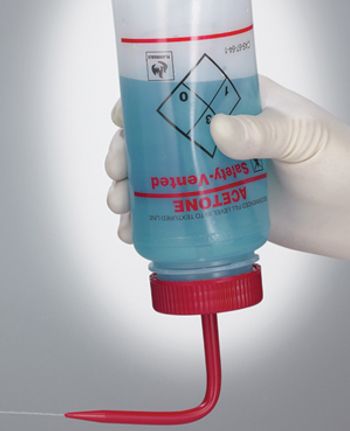
Jorgensen introduces wash bottles designed to prevent leak-proof dispensing of the most common laboratory solutions.
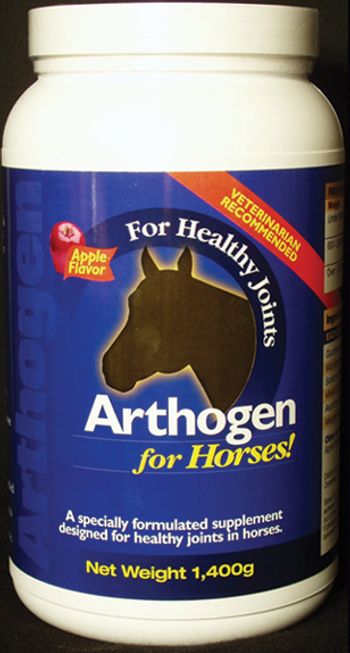
PetLabs 360 introduces Arthogen for Horses, a solution to equine joint problems.
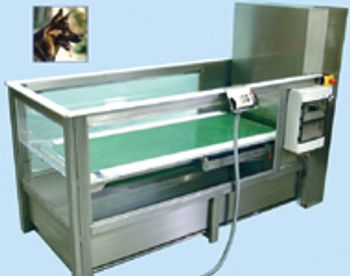
Focus-It introduces the HEDO Underwater treadmill system that offers the benefits of traditional aquatic therapy systems plus the added convenience of a moveable treadmill accessible from all three sides.

Mast Technology introduces the Radiograph Digital Converter (RDC) that allows veterinarians to capture high-quality digital images of radiographs and save them to the network.

Vira Shield 6+L5 from Novartis Animal Health U.S. Inc. features three-way BVD protection and is formulated with dairy cattle in mind, the company says.

PetAg introduces Formula V EnteralCare, a ready-to-feed liquid diet for critically ill, injured and recovering animals.
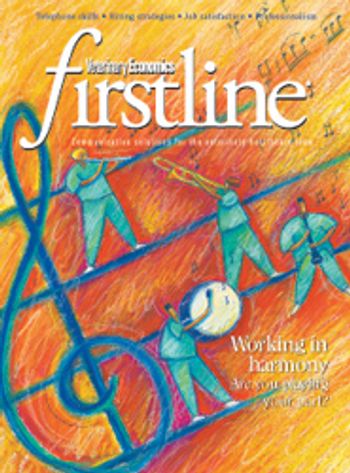
As you know, medicine is only half the equation in your workday life. To practice good medicine, you must also practice good management--and both require a team effort.
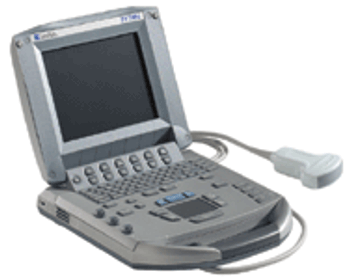
Ultrasource introduces SonoSite Titan, a hand-held mobile ultrasound system that combines high performance and portability with a lightweight, durable package, the company says.
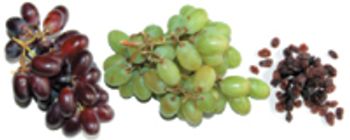
In this article, I describe the grape-raisin syndrome in dogs and review the basic steps in treating the most life-threatening aspect of this toxicosis?acute renal failure.
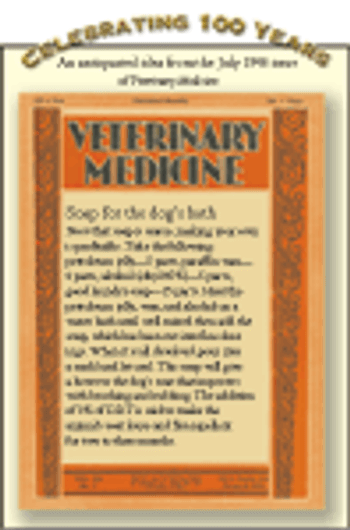
Now that soap is scarce, making your own in profitable.

I was thrilled when the FDA cracked down on supplements containing ephedra last year, the first such action against a supplement. Although the recent overturning of the ban in Utah by a federal court is disappointing, I still hope the FDA's decision will pave the way for an industry gone amuck.

All Pro imaging introduces Scan X 12EV, a digital imaging system for equine veterinarians.

Products Group International introduces the Honda 1500 V, a portable transducer for the veterinary hospital.
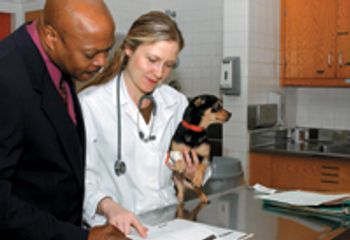
In 1999, retired Rear Adm. Blackwell made history as the first veterinarian to be appointed chief of staff for the Office of the Surgeon General. His professional accomplishments, which span private practice, public health, and education, exemplify the varied and vital roles of veterinarians in society. He now serves as dean of the University of Tennessee's College of Veterinary Medicine.

Porta-Vet offers a variety of portable veterinary clinics.